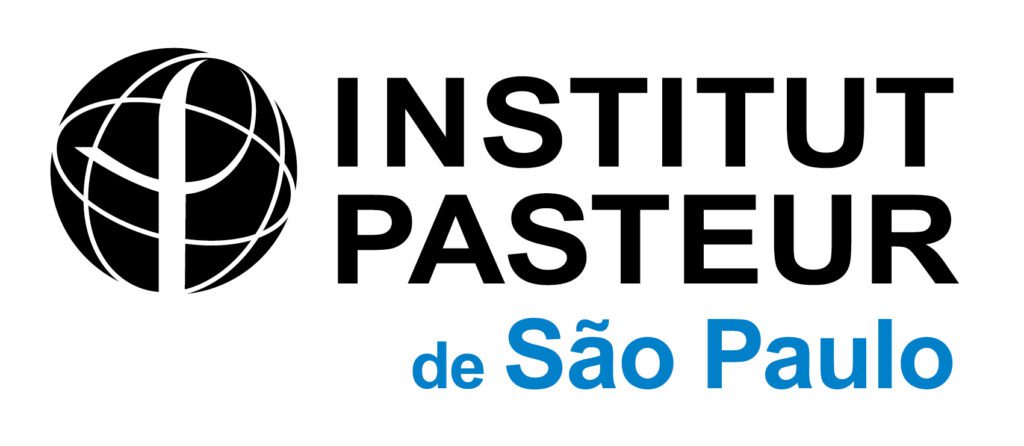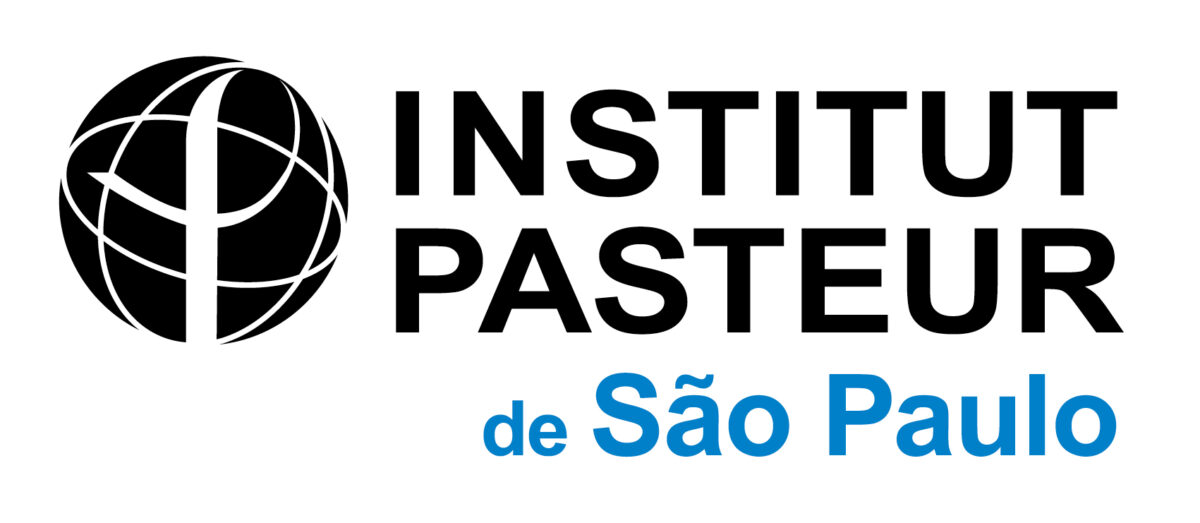Researchers from the Institut Pasteur de São Paulo will periodically collect sewage samples at strategic points in the city of São Paulo to identify variants of the viruses in circulation. The information will help develop a vaccine that is easier to update.
The Institut Pasteur de São Paulo (IPSP) has just created a research group to monitor the emergence and spread of new Influenza virus strains in the capital of São Paulo. By periodically collecting sewage samples, it will be possible to identify which strains have started circulating and which may pose a risk to human and animal health. It will also be possible to predict the beginning and peak of their transmission and circulation dynamics in the urban environment. The information will be passed on to public health authorities to help develop a more effective vaccine against the flu.
Currently, the vaccines distributed by the Ministry of Health in Brazil protect against the three types of influenza virus strains that have circulated the most in the Northern and Southern hemispheres. The problem is that the viruses in circulation are not always the same as those in the vaccine. Furthermore, the influenza virus mutates rapidly. Thus, it is estimated that the vaccine’s effectiveness in a campaign varies from 40% to 60% due to the suitability of the vaccine for the strains in circulation and the specificities of each strain.
“This problem can be reduced with new surveillance and technology that allows the vaccine to be updated more quickly, which is the goal of our research group,” says virologist and biomedical immunologist Dr. Rúbens Alves, coordinator of the research group Genomic Surveillance and Innovation in Vaccines, which began operating on July 1.
According to him, surveilling influenza virus with samples from sewage has proven very effective during the COVID-19 pandemic and has been used by more than 100 countries and 293 universities. “Now, we will be at the forefront of this technology for influenza. In the coronavirus case, it was possible to observe transmission peaks in a given region two weeks in advance – which is useful information for public health decision-making,” says Alves.
The World Health Organization (WHO) Global Influenza Program currently carries out influenza virus surveillance in worldwide laboratories. Based on laboratory analyses, they monitor potential pandemic viruses in circulation. Based on this, WHO divulges yearly, six to eight months in advance, which strains should be used to produce vaccines for the southern hemisphere in the following year.
According to Alves, a large part of the surveillance conducted in this program relies on testing suspected cases of the disease. “Sewage surveillance allows for a more representative coverage of the population, as it includes people who do not have access to health care or who choose not to go to the hospital, making it less expensive, as it depends on fewer clinical exams. In addition, it is a system that allows for continuous surveillance, not only during the season when the virus circulates the most, which allows for real-time tracking and helps assess long-term trends. Not to mention that sewage can be used to surveil influenza and other pathogens,” he says.
Innovative vaccine — Influenza viruses are divided into four types: A, B, C, and D. The subtypes are classified according to the different combinations of the hemagglutinin (H or HA) and neuraminidase (N or NA) proteins. Several variants of HA and NA and types A and B impact human health.
Today, most vaccines are based on two leading technologies: inactivated and live attenuated viruses. The first consists of chemically inactivated viruses that cannot cause infection; The second uses genetically modified viruses that do not cause the disease.
The IPSP project aims to create a vaccine platform based on self-replicating RNA. This technology mimics a mechanism found in some viruses, like chikungunya and other alphaviruses, which replicates the coding sequence of the vaccine’s target protein multiple times using mechanisms inserted into the vaccine’s RNA. “The advantage is that it requires a smaller amount of RNA and creates more prolonged immune responses, which increases the effectiveness of the vaccine and a reduction in side effects. There is also an increase in the vaccine production speed – the main obstacle of common flu vaccines, since many depend on reproducing eggs of the virus vectors”, explains Alves.
“This is a platform that I have mastered and implemented during the four years of my postdoctoral studies, completed in June 2024 at the La Jolla Institute for Immunology in San Diego (USA). I developed new vaccines against COVID-19, dengue, Zika, and other flaviviruses using this technology,” he says.
Virus spillover — Influenza viruses have caused most global pandemics. These viruses have caused 50 million deaths throughout history. The World Health Organization (WHO) estimates that every year, there are approximately one billion cases of influenza worldwide, with a death toll between 290,000 and 650,000 people.
According to Alves, the most significant concern is with potentially pandemic subtypes, such as avian flu Type A (subtype H5N1). “In the United States, there is an outbreak of the disease in cattle herds, and the first cases have already been identified in humans and are circulating in sewage. In other words, the virus is spilling over, contaminating other species besides birds. However, we can prevent it from causing a pandemic by carrying out efficient surveillance and developing more effective vaccines.”
The IPSP project is expected to last four to five years. Funding is provided by the Institut Pasteur of Paris and the São Paulo Research Foundation (Fapesp).



